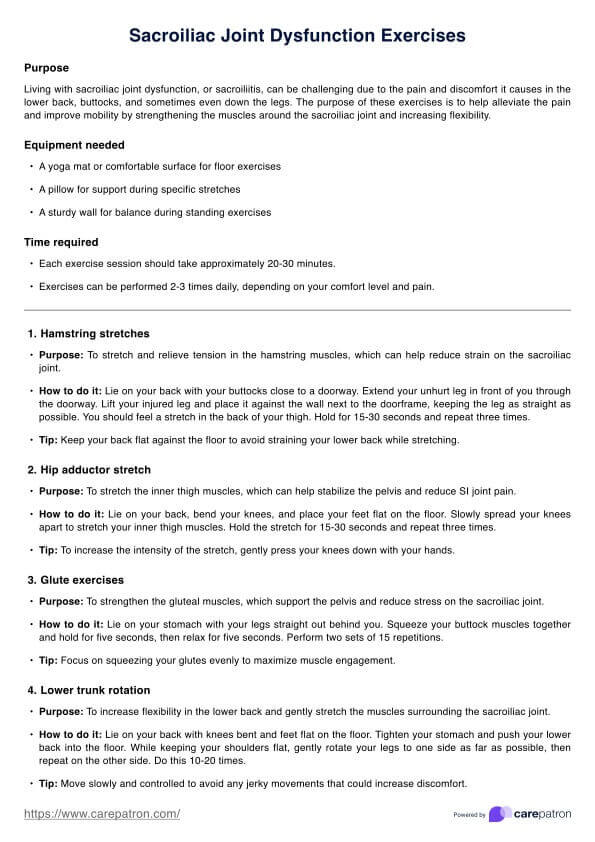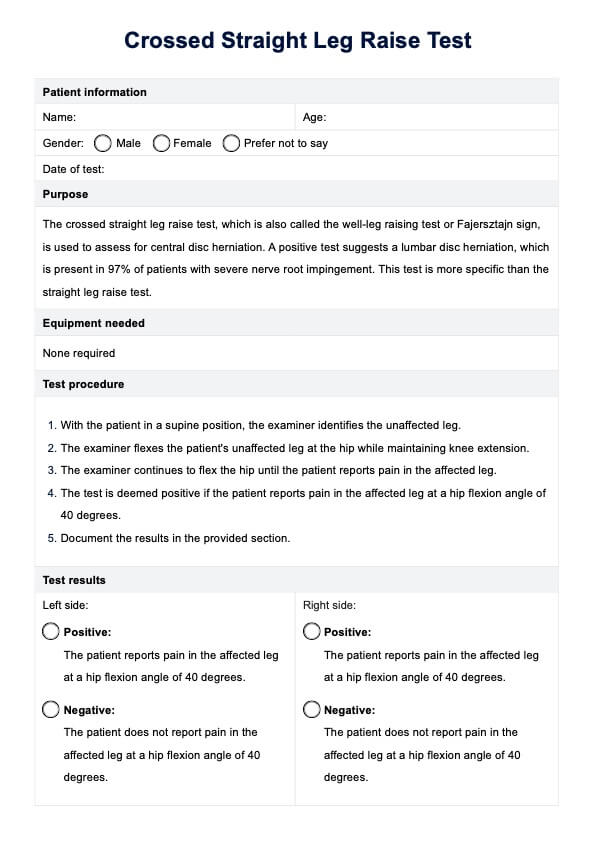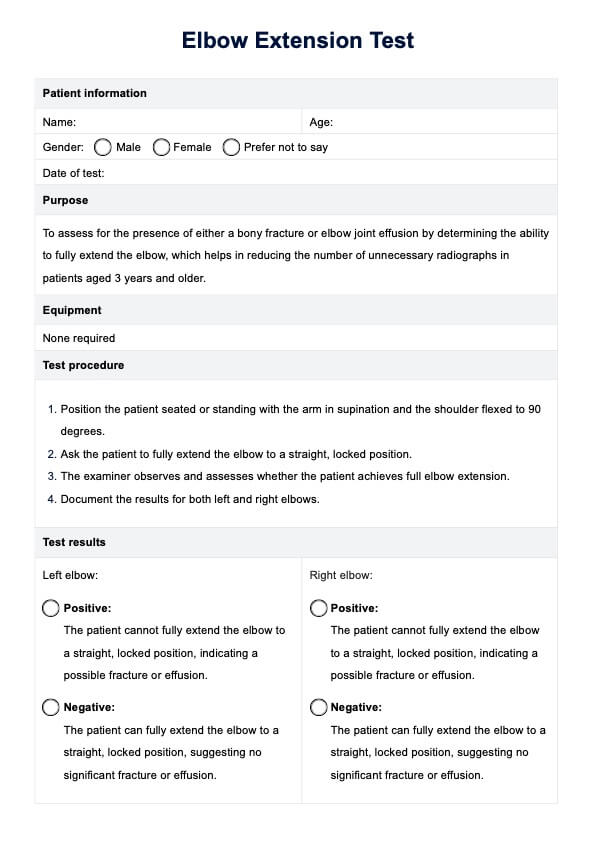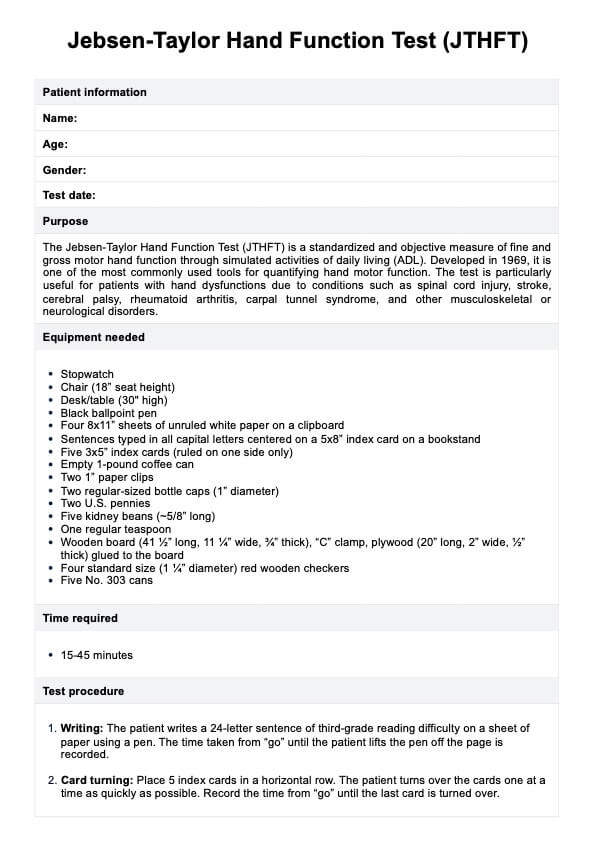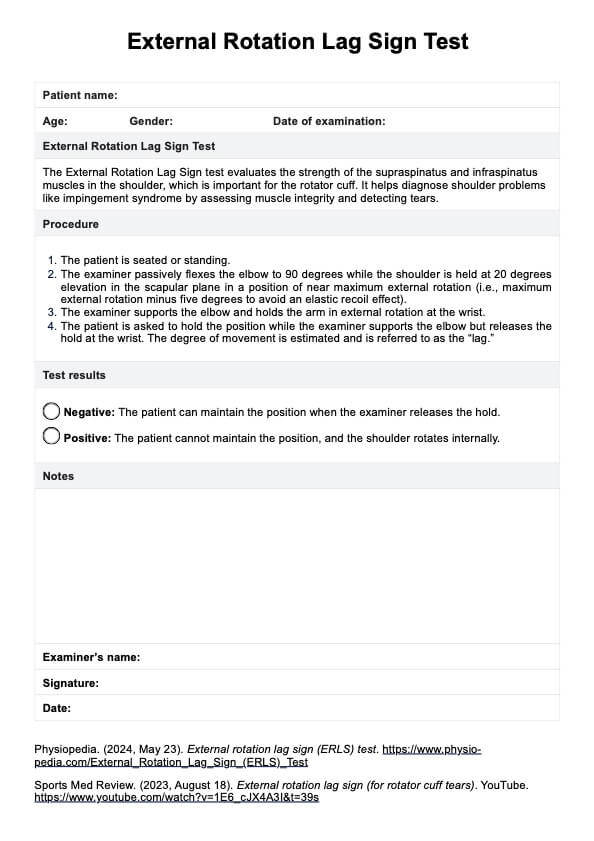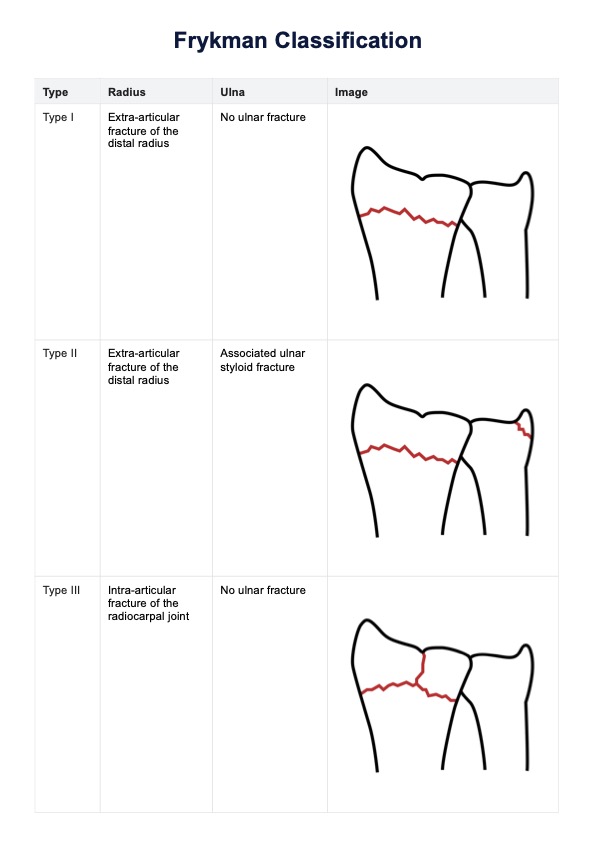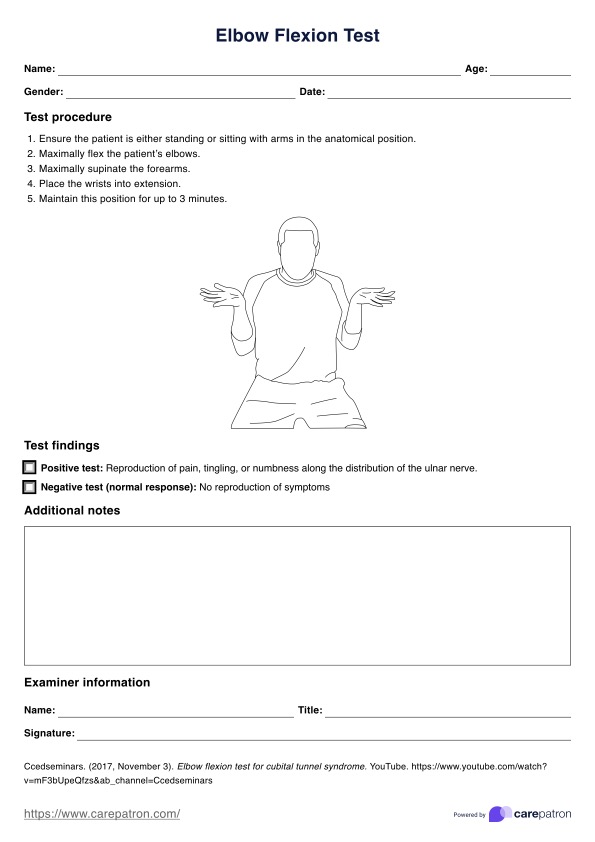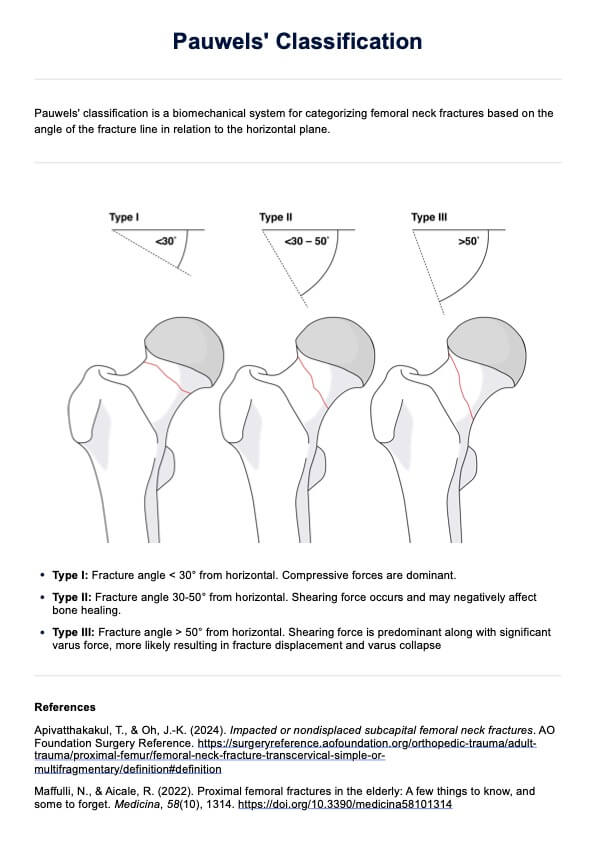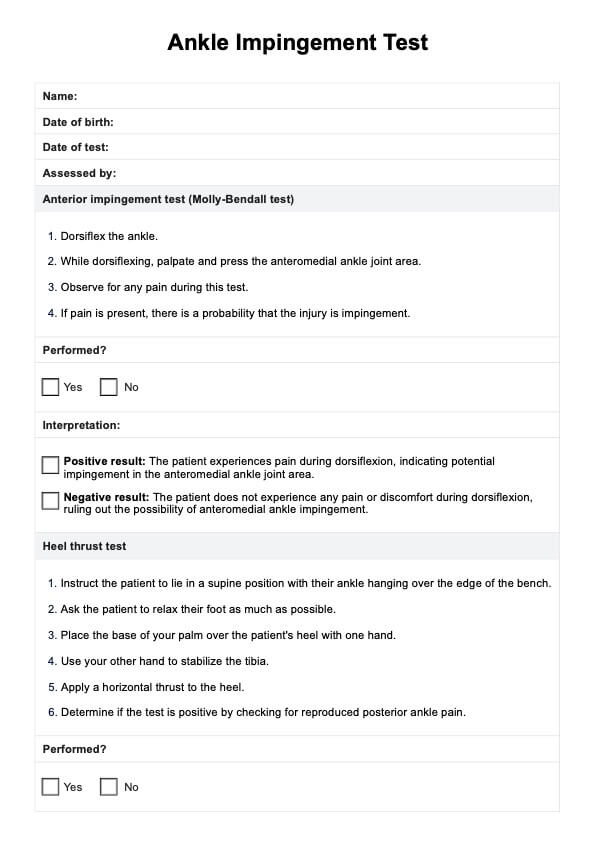Sacroiliac Joint Dysfunction Exercises
Empower your patients with targeted SI joint pain relief. Learn how to effectively use and benefit from our Sacroiliac Joint Dysfunction Exercises handout.


What is sacroiliac joint dysfunction?
Sacroiliac joint dysfunction, also known as sacroiliitis, is a condition where the sacroiliac (SI) joint, which connects the pelvis to the lower spine, becomes inflamed or irritated. This joint is critical in stabilizing the body and transferring the weight from the upper body to the lower limbs.
This condition can affect individuals of all ages, though it is more commonly seen in older adults and women, especially during pregnancy or after childbirth. Sacroiliac joint dysfunction can be challenging to diagnose because its symptoms often overlap with other causes of lower back pain, making it essential for healthcare professionals to conduct thorough evaluations.
Symptoms
When dealing with sacroiliac joint dysfunction, it's important to recognize the symptoms, which can vary in intensity and location. Common symptoms include:
- Pain in the lower back, buttocks, and hips
- Pain that radiates down one or both legs
- Increased pain after long periods of sitting, standing, or climbing stairs
- Stiffness in the lower back and hips
- Pain that worsens with weight-bearing activities
- Difficulty in performing daily activities due to pain
Causes
Sacroiliac joint dysfunction can arise from various factors, often related to lifestyle, physical activity, or underlying health conditions. Common causes include:
- Physical trauma, such as a car accident or a fall
- Arthritis, particularly osteoarthritis or ankylosing spondylitis
- Pregnancy, which may increase stress on the SI joints
- Obesity, which adds strain to the joints
- Repetitive stress from activities like running or lifting
- Urinary tract infections
- Inflammatory diseases such as Crohn’s disease
- Sedentary lifestyle, leading to muscle weakness and joint instability
Sacroiliac Joint Dysfunction Exercises Template
Sacroiliac Joint Dysfunction Exercises Example
9 exercises for SI joint pain
Incorporating targeted exercises into a patient's routine during physical therapy can effectively manage sacroiliac joint pain. As physical therapists, you can guide your patients through these exercises to help alleviate discomfort and improve joint stability. Here are nine exercises designed specifically to support patients with SI joint pain and dysfunction:
1. Hamstring stretches
Hamstring stretches can help reduce the strain on the muscles surrounding the sacroiliac joint by lengthening the muscles in the back of the thigh. Have your patients lie on their back with one leg extended against a wall and the other leg straight on the floor, ensuring both legs remain straight during the stretch. This stretch can alleviate lower back and hip tension and relieve overall pain.
2. Hip adductor stretch
This stretch targets the inner thigh muscles, which support the pelvis and sacroiliac joint. By guiding your patients to lie on their backs with knees bent and feet gently spread apart, keeping their feet flat, you can help them increase flexibility and reduce strain on the SI joint.
3. Glute exercises
Strengthening the gluteal muscles is essential for providing stability to the pelvis. These exercises can enhance blood flow to the affected area, aiding pain management. Encourage your patients to lie flat on the floor on their stomachs and squeeze their buttocks together, holding the contraction to build strength and support the sacroiliac joint.
4. Lower trunk rotation
This gentle rotation exercise enhances flexibility in the lower back and helps release tension around the SI joint. Instruct your patients to lie on their back and rotate their knees side to side while keeping their shoulders almost flat on the floor, coordinating movements with the opposite arm for balance, which can help improve mobility and reduce pain.
5. One knee to chest stretch
The one knee-to-chest stretch relieves tension in the buttocks and lower back. Have your patients bring one knee toward their chest while lying on their back, holding the same position, to stretch the muscles around the sacroiliac joint.
6. Both knees to chest stretch
This stretch further alleviates tension in the lower back muscles by engaging the abdominal muscles and stretching the lumbar area. Guiding your patients through this exercise can help them manage pain and enhance flexibility in the lower spine and SI joint.
7. Back bridge stretch
The back bridge is great for strengthening the lower back and gluteal muscles. Instruct your patients to raise their hips off the ground while lying on their back, focusing on creating a straight line from their shoulders to their knees. This exercise can help stabilize the sacroiliac joint and reduce pain.
8. Isometric hip adductor stretch
This exercise targets the inner thigh muscles through isometric contraction, providing stability to the core muscles in the pelvis. Have your patients sit with a pillow between their knees and gently squeeze, which can strengthen the muscles supporting the SI joint.
9. Quad stretches
Quad stretches can alleviate tension in tight muscles in the pelvis and sacroiliac joint. Encourage your patients to perform this stretch while standing and pulling their heels toward their buttocks, which helps reduce strain on the lower back and improves overall flexibility.
How to use our Sacroiliac Joint Dysfunction Exercises Handout
Our Sacroiliac Joint Dysfunction Exercises handout is a valuable tool designed to help you guide your patients through targeted strengthening exercises that can alleviate SI joint pain. To make the most of this resource, follow these simple steps:
Step 1: Download the handout
Start by downloading the Sacroiliac Joint Dysfunction Exercises handout from the Carepatron platform. Ensure you have the most up-to-date version so your patients receive accurate and comprehensive instructions.
Step 2: Review the exercises with your patient
Before sending your patient home with the handout, take a few minutes to go over each exercise. Explain the purpose and benefits of each movement, and demonstrate proper technique to ensure they understand how to perform them safely.
Step 3: Set clear expectations
Make sure your patient understands how often they should perform the exercises and what they can expect in terms of pain relief and progress. Encourage them to be consistent and patient, as improvement may take time.
Benefits of using our handout
Our Sacroiliac Joint Dysfunction Exercises handout offers several key benefits for healthcare professionals and their patients. Incorporating this resource into your practice can enhance patient care and improve outcomes.
Improved patient adherence
The handout provides clear, step-by-step instructions for each exercise, making it easier for patients to follow through with their home exercise program. When patients understand what to do and why it’s important, they are more likely to stay committed to their treatment plan.
Time-saving resource
Using a pre-made handout saves you time during consultations. You won’t need to spend extra minutes explaining each exercise in detail, allowing you to focus more on personalized care, increasing efficiency in your practice.
Consistency in care
The handout ensures that all patients receive the same high-quality information, leading to consistency in your care. This standardization helps achieve more predictable outcomes and allows for better tracking of patient progress over time.
Commonly asked questions
Sacroiliac joint dysfunction can be caused by a variety of factors, including physical trauma, arthritis, and pregnancy. Repetitive stress from certain activities and underlying health conditions like Crohn’s disease can also contribute to this condition.
Patients should perform these exercises consistently for several weeks, typically 2-3 times daily. Improvement in pain and mobility can take time, so patients must remain patient and persistent with their exercise routine.
While these exercises can significantly reduce pain and improve sacroiliac joint pain relief and function, they may not completely cure the condition. However, regular practice can help manage symptoms effectively and prevent further deterioration, improving quality of life.



